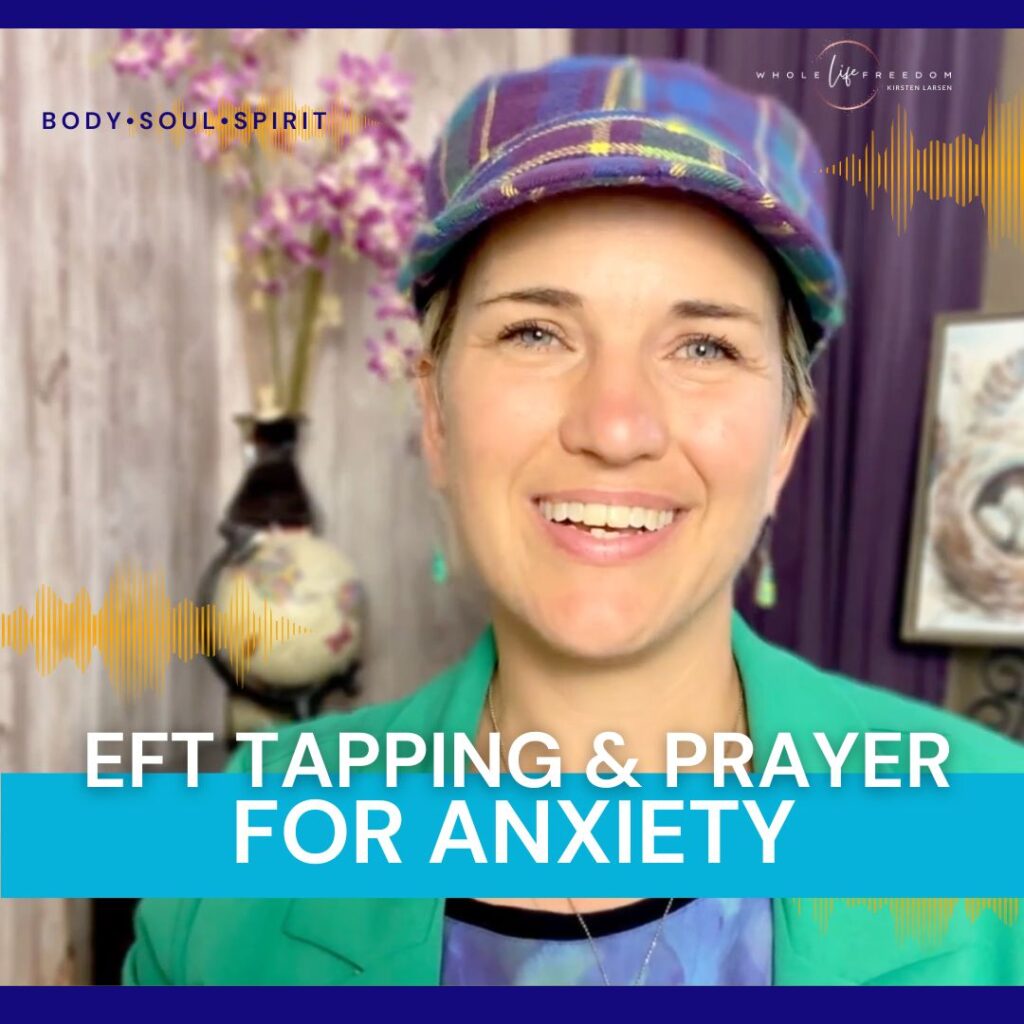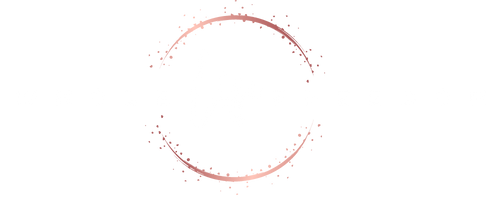Learn to engage the Relaxation vs. Stress Response in a simple way that helps your body heal, gives you a boost of energy, and reduces brain fog.
Did you know that in a study in 2010, nearly 75% of Americans who responded to an online survey said that their stress levels are so high that they feel unhealthy. And that was BEFORE 2020 hit. How are we doing today with managing stress?
In this episode/ARTICLE, I share a powerful method that has proven to elicit the relaxation response, which invokes the opposite of the stress response in the body. Which means, it allows the body to start to heal, reset, and restore itself. Read below! (or Watch or Listen depending on your preference).
A Journey to Health
This is one of my personal favorite topics. Do I say that a lot? It’s possible. I love discovering anything that describes the way our bodies were created to heal. Our bodies have such incredible superpowers … if we let them. You are meant to thrive. In the right environment.
Have I found this out the hard way? Absolutely. I have experienced the effects of chronic stress build up in a way that my entire body shut down. Twice. For different reasons. It was definitely not fun. But, I am also incredibly grateful because of all I discovered in the process along the way. I learned to value my body, my mind, my emotions, and my spirit. The deeper I went, the more I discovered how amazing we were created to be. Our bodies, minds, and spirit are made to work together in unity to create a powerful, thriving life.
With both instances, I was able to get back up and living again with no pain, lots of energy, and life was good. But it took time. And it took intentionality and awareness.
Discovery: the Stress Response vs the Relaxation Response
What I found is that it’s actually much easier to bounce back from stress if we become aware of it and respond regularly.
We actually are made to handle stress. Sometimes when we learn about stress, the natural inclination is to avoid it. But we actually do grow with stress. For example, exercise is a form of stress on the body. We can overtrain and that would be too much stress with not enough recovery.
Therefore, a great little equation is: Growth = Stress + Recovery.
Chronic stress, or even regular stress, that hasn’t had an outlet to be released will need to go somewhere within the body. This is when the body begins to breakdown, we lose energy, experience brain fog, disease (dis-ease), and injuries become more prevalent.
Learn to Heal by Stimulating the “Relaxation Response”
The Relaxation Response was discovered and named by a cardiologist at Harvard (Dr Herbert Benson) who found that it invokes the opposite of the stress response, the fight or flight response.
There are many ways we can stimulate the Relaxation Response and allow our body to recover well, such as proper nutrition, sleep, hydration, mindfulness, connecting with God, journaling, laughing (yes, laughter is actually a powerful healing release), and many more.
Today, I’d like to highlight one powerful method: Breathwork.
Breathwork
Intentional Breathing. Studies indicate that slow, controlled breathing techniques can positively impact your Heart Rate Variability (HRV). They will also help to combat stress, our mood (depression & anxiety), our weight, inflammation and many common maladies can be linked to our inability to resolve, manage, or tolerate stress.
How often should you do it? What’s the best method?
Truth be told, there are probably 100 different breathwork methods. I’ve enjoyed so many of them just experiencing different aspects.
The most important part is not HOW you breathe, but THAT you breathe:
→ get still, breathe deep, slow down, and let your body and soul slow down and recover well.
As little as 1 minute of diaphragmatic breathing a few times per day has been shown to have a beneficial effect on the cardiopulmonary system and enhance parasympathetic activation.
The vagus nerve activates the parasympathetic nervous system and basically functions as the button you can press to reduce stress. It originates on the surface of the brain but wanders throughout the body transmitting information to tissues and organs. The nerve plays a critical role in letting your body know that things are going to be okay. Heart rate variability (HRV) is also controlled by the vagus nerve. The more “complex” or variable your HRV, the more resilient and adaptable you are.
A Powerful KEY to Breathwork
The KEY to truly doing breathing well is to slow down and draw in the breath into your diaphragm.
If you’re having trouble getting the air into your diaphragm because it hasn’t been used in awhile (most of us breathe short breaths in our lungs) then I’d encourage laying down so that you can practice getting the air deep into your belly. Lie flat with your knees up. Place your hands on your stomach. Take a slow, deep breath. And you should feel your belly rising as your diaphragm pulls in air. Practice this method until you can do it while sitting.

Here are 2 different breath work methods:
NOTE: You don’t have to do these lying down, but you will want to practice deep abdominal diaphragm breathing.
3-4-5
I like to teach this one because it’s simple to remember and you can count it on your hands. I also love it because you can do this quietly and quickly when in nearly any situation. I’ve found myself doing this one even in a stressful movie!
- Breathe IN for 3 seconds.
- Hold for 4 seconds.
- Breathe OUT for 5 seconds.
- Repeat at least 4 times for best results, but up to
Box Breathing
This is so called because it is an even pacing. It also really helps to create what is called “Resonant Breathing”, which helps increase your HRV, activating the Parasympathetic Nervous System (creating the Relaxation Response).
In the video, I mention this concept of slowing down your breath cycles with diaphragmatic slow breathing, having a duration of about 10 seconds per breath (about 6 breaths per minute). This is a powerful way of doing that intentionally.
Breathe in with the same count you hold, breathe out and hold after breathing out:
-
- Breath in to the count of 5
- Hold to the count of 5
- Breath out to the count of 5
- Wait to the count of 5 before breathing back in
- Repeat for a few cycles
NOTE: These take practice. Be sure and be in a safe place as you start practicing breathwork. You can always activate the relaxation response by simply slowing down your breath intentionally when you’re in a stressful situation. You don’t want to hold your breath while driving though, so be aware of your surroundings and timing.
Enjoy!
Watch
Learn How You Can Start Every Morning To Increase Energy, Lose Stubborn Weight, Balance Your Hormones, and Jumpstart Your Metabolism in the next 3-5 days!
DOWNLOAD Morning & Evening Routines to help you walk out your health goals with powerful intentions.
RESOURCES:
https://www.verywellmind.com/what-is-the-relaxation-response-3145145
https://drleaf.com/blogs/news/how-breathwork-can-help-heal-trauma-reduce-physical-inflammation
https://www.health.harvard.edu/blog/using-the-relaxation-response-to-reduce-stress-20101110780
https://www.whoop.com/thelocker/vagus-nerve-increase-hrv/
https://pubmed.ncbi.nlm.nih.gov/30245619/
Kirsten Larsen is a wholeness coach, helping people experience freedom and breakthrough in body, soul, and spirit.








